Exploring your backyard can evoke images of tranquility and nature’s beauty, but lurking amidst the trees and flowers can be creatures capable of harm. While most encounters are harmless, being informed about potentially dangerous backyard dwellers can ensure safety for you and your loved ones. From venomous insects to assertive mammals, let’s uncover the 14 deadliest animals that might reside in your backyard.
Introduction to Backyard Dangers
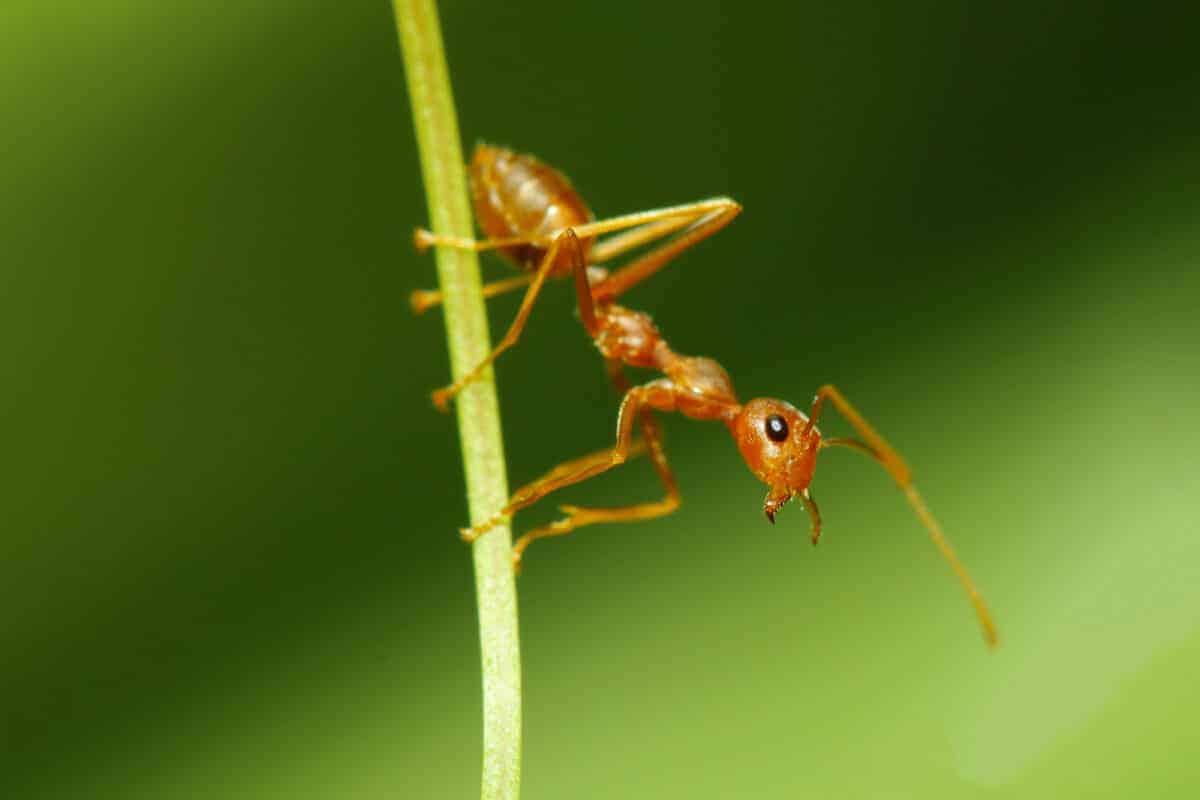
Your backyard is an ecosystem bustling with life. While many inhabitants are harmless, several can pose significant risks due to venom, aggression, or disease transmission. Understanding these threats can reduce danger and enhance safety.
The Venomous Recluse Brown Recluse Spider

The brown recluse spider is notorious for its cytotoxic venom, which is capable of causing extensive tissue damage. Recognized by the violin-shaped marking on its back, this arachnid is found in warm, dry areas like woodpiles. While bites are rare, seeking medical attention is crucial if bitten.
Silent Attacker Black Widow Spider

Identified by its glossy black body and red hourglass marking, the black widow spider delivers a neurotoxic venom that can cause severe pain and systemic symptoms. Despite their dangerous reputation, they are not aggressive, and bites are uncommon.
A Tiny Threat Deer Ticks

Deer ticks, carriers of Lyme disease, are minuscule yet pose a significant health threat to humans and pets. It’s essential to check for ticks after spending time in grassy or wooded areas and to use appropriate tick preventatives.
Buzzing Menace Yellowjackets
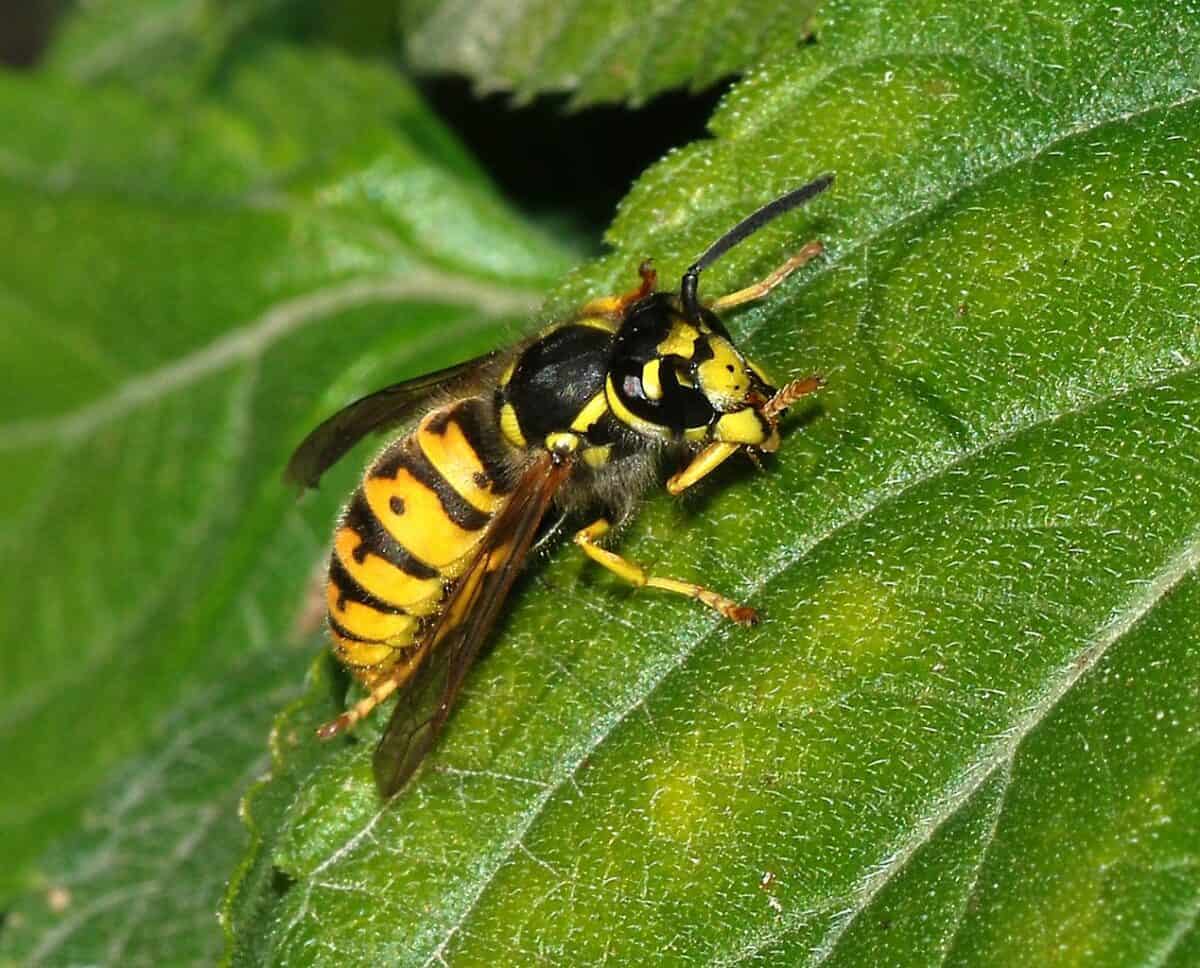
Yellowjackets, a type of wasp, can become aggressive, especially if their nest is disturbed. Their powerful sting can lead to allergic reactions in sensitive individuals and pose a greater threat than bees due to their ability to sting multiple times.
Rattlesnake’s Rattle Eastern Diamondback Rattlesnake

A distinctive rattle warns of the Eastern Diamondback Rattlesnake’s presence. This pit viper uses venom to immobilize its prey, making its bite potentially life-threatening to humans. Remaining vigilant and giving these snakes space is crucial.
Suburban Skunk Rabies Carrier

While skunks are often recognized by their distinct odor, they can also carry rabies, a fatal viral infection. Avoiding contact and securing garbage can deter skunks from frequenting your yard.
Ferocious Fought American Alligator

In southern states, the American alligator may find its way into suburban yards in search of food. These reptiles, while typically avoiding humans, can become aggressive if provoked. Observing from a distance ensures safety for both parties.
Feisty Feathered Canadian Geese

Canadian geese can become territorial during nesting season. Known to chase humans and pets, their bites and flapping wings can cause injury. Maintaining a respectful distance can prevent unpleasant encounters.
Masked Mischief Raccoons

Raccoons, while cute, can carry diseases like rabies and leptospirosis. They’re also known to damage property in search of food. Securing trash cans and removing pet food from outside can reduce raccoon visitations.
Venomous Strikes Copperhead Snakes
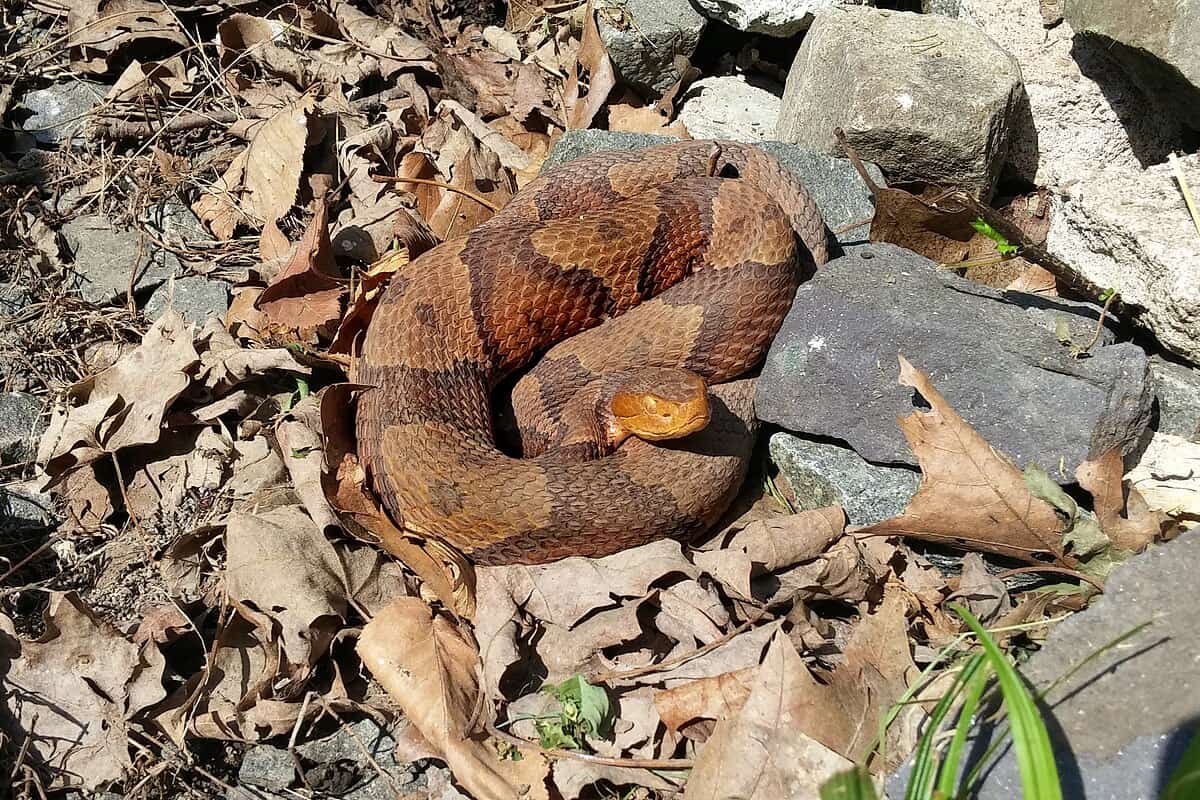
Copperhead snakes, common in the eastern United States, may bite if stepped on or provoked. Their bite is rarely fatal but can be extremely painful. Clutter-free yards and knowledge of their appearance can mitigate interactions.
Defensive Dasher Bull Ants

Bull ants, found in certain parts of the US, can deliver painful stings repeatedly. Known for their aggressive behavior, they should be avoided, especially if nests are discovered throughout the yard.
Industrious Invaders Fire Ants
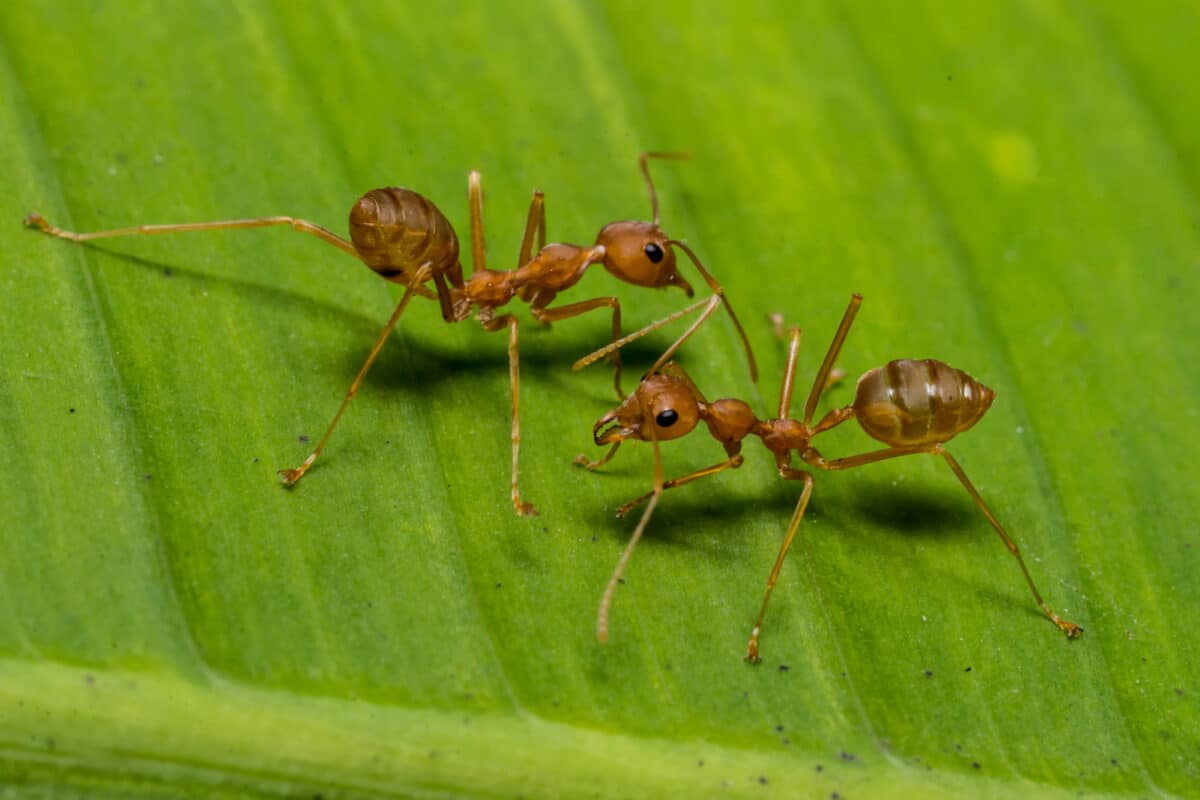
Fire ants are notorious for their painful stings and aggressiveness when nests are disturbed. Barefoot walks through the grass can lead to encounters with these swarming insects, demanding immediate first aid response to treat stings.
Guarding Against Backyard Threats
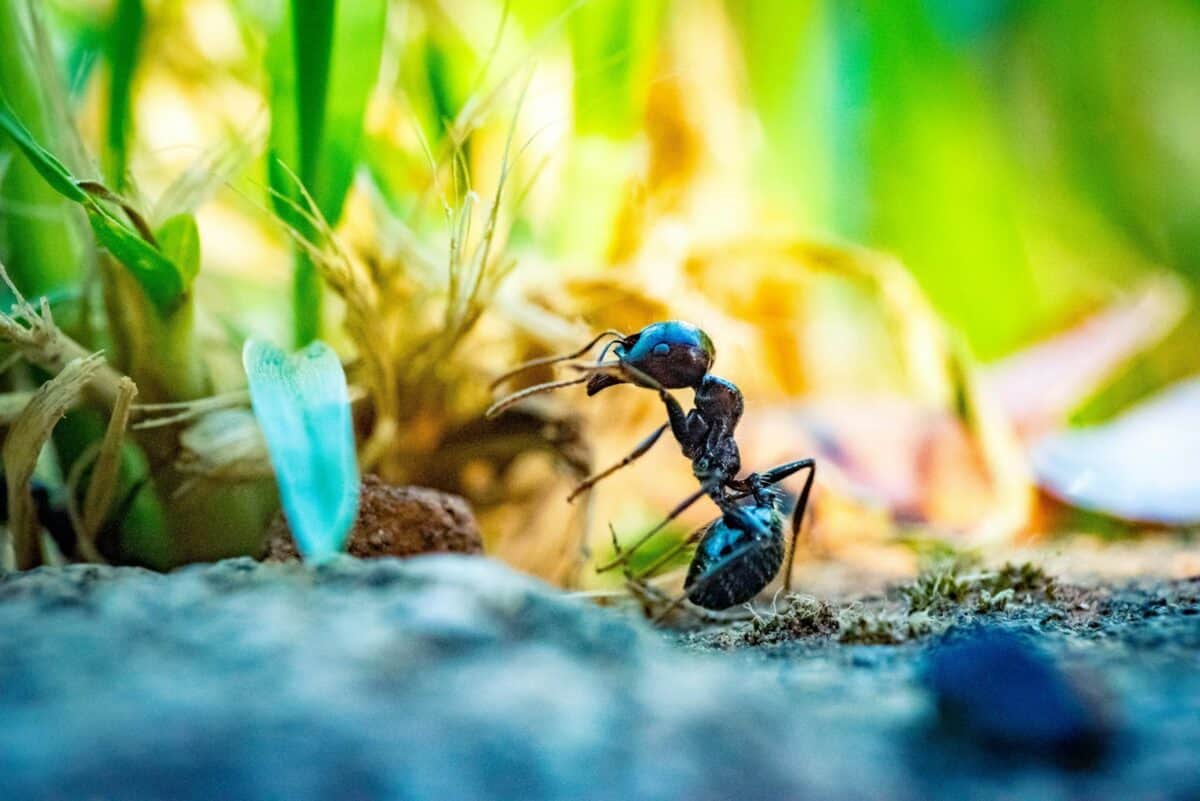
Awareness and prevention are your best defenses against the potentially dangerous wildlife in your backyard. Educating family members about these animals and taking steps to secure your yard can minimize risks, ensuring a safe and enjoyable outdoor space for everyone.
Conclusion:
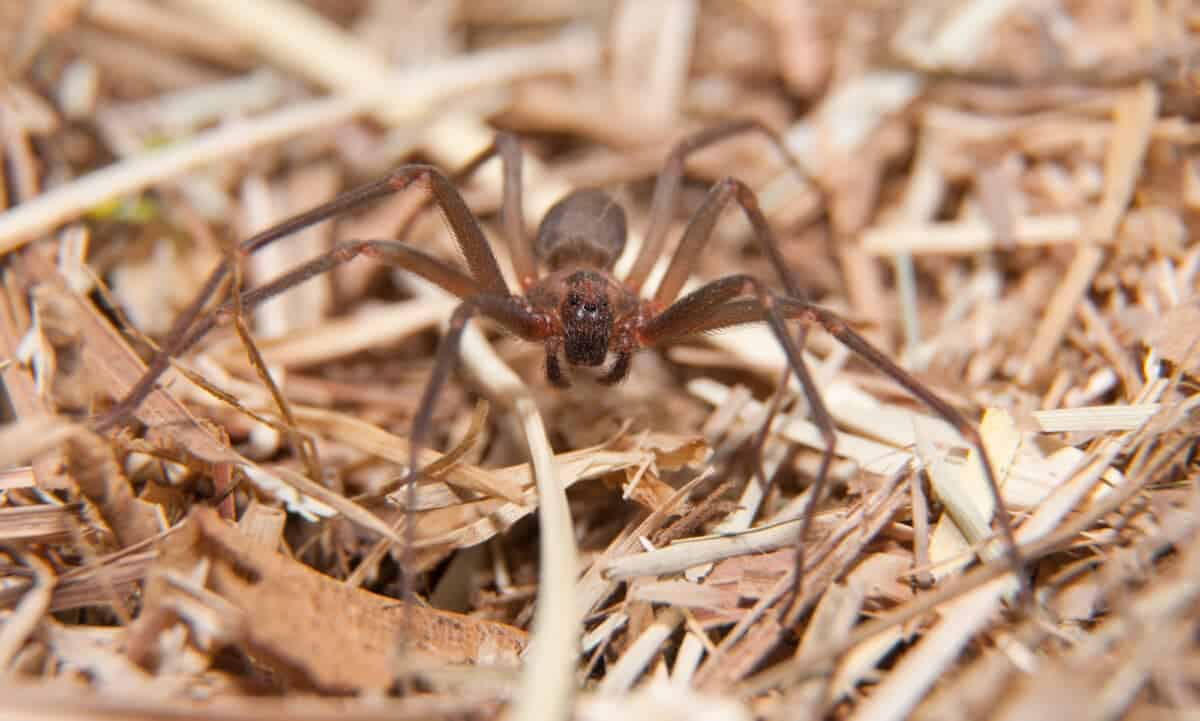
With knowledge as your ally, your backyard can remain a sanctuary, not just for you but a safe habitat for all its inhabitants. Remaining cautious without fear, you can coexist with these remarkable, albeit occasionally dangerous, creatures.
- 11 Dog Breeds That Rarely Bark - August 22, 2025
- 13 Wild Animals That Only Come Out at Night - August 22, 2025
- 15 Strangest Animal Feeding Habits - August 22, 2025

